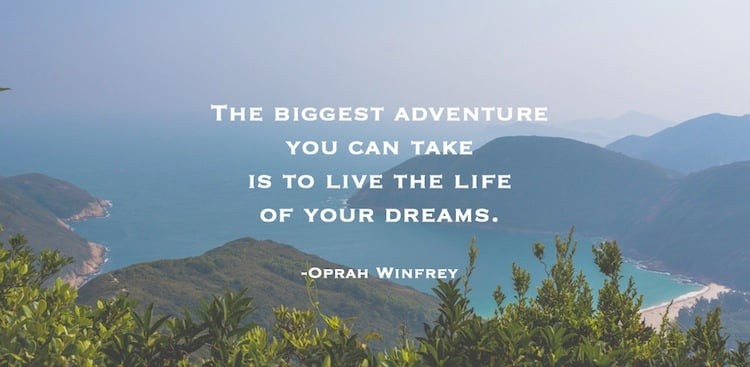If you belong to a certain domain or hold a
fancy job title- does it mean that’s the only thing you are good at? Or that's your life calling for the next thirty years?
Did you know that more than 70 % of the workforce
is disengaged from the job they hold- this cannot be true if you are truly
inspired by your profession. So, may be the job you have isn’t what you are interested in anymore because you figured they are other things you are better at.
Meet Anisha, who has a comfortable job and
has been in it for a while till she woke up one day and felt she wasn’t being
recognized for her loyalty and the long hours of work. she isn't drawn to her job anymore. She’s looking for
something that excites her ... So, what does she do- she joins the
disengaged workforce.
So, how can you figure out what you want to
do or better: what you are really good at?
Close your eyes and imagine yourself as a
toddler and think of what you wanted to be when you grow up. I wanted to be a teacher. To me that was the power figure- in control of a class of 60 students.
That seemed a coveted position to hold for me.
Over the years as we grow and environment
shifts and changes happen, our interest changes, skillsets take shape and we
find a job.
Ten years later- is that what you still
want? How can you navigate your career to ensure that its synced with your
interests?
So, let’s try mind mapping- no fancy tool
or budget required.
- In the center place yourself ... think of anything you like to do or makes you happy and start writing/sketching. Write as many as you can. Against each idea, see if you are still doing it (example- poetry- I published a coffee table book or I have a diary full of poems written and hidden because I think my friends will laugh at me and call me sappy). Rupi Kaur self-published her first book of poems in Amazon and it went to become a NYT best seller.
- When you have sketched everything you can think of, add 5 more. Once you start thinking, it becomes easy.. Now see how you can take each of these ideas and keep thinking deeper- what does it mean to you. For example if you mentioned “creating” – you can mention writing blogs, clicking pics, creating travel vlogs, writing articles for magazines, becoming an author. Once all are done, take a different color pen and look for patterns. Common things that have surfaced- it could be similarity in the main ideas/categories or it could be sub categories within the categories- mark them.
- Can you see the trend now- what you really like to do- in most cases you can also see a profession shaping up? Against the profession/interest you found- try adding ways on how you can achieve it or make money from it. That can lead to clarity- if this is something you want to take up as a profession, or you want to prepare for it (like take certifications) or talk to friends or references who are already in the profession of your choice.
- That’s your calling. You don’t have to give up your job and go for it but if it does make sense- think about it. Think how you can try out this opportunity.
This can be a wonderful way to find yourself back and be inspired again. So, did you find what you are good at?
(Pic courtesy: google images)



















